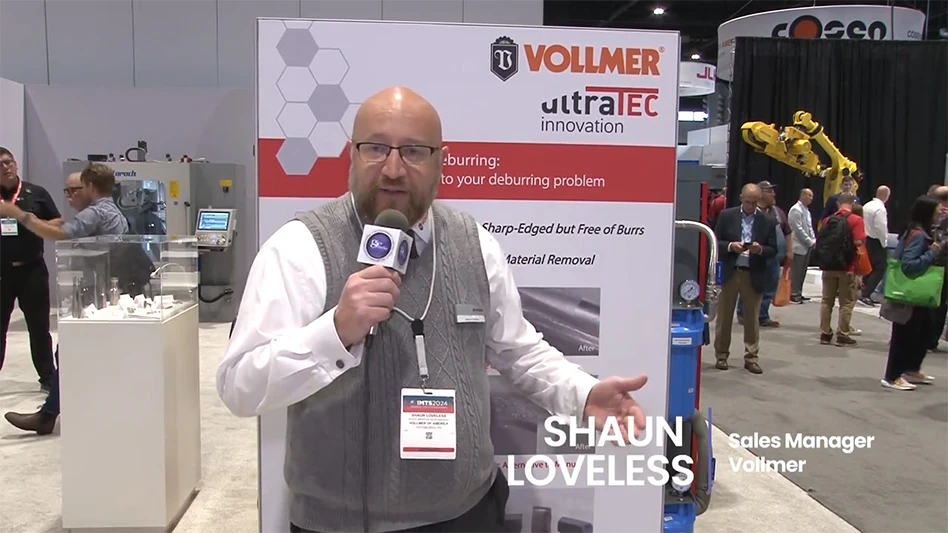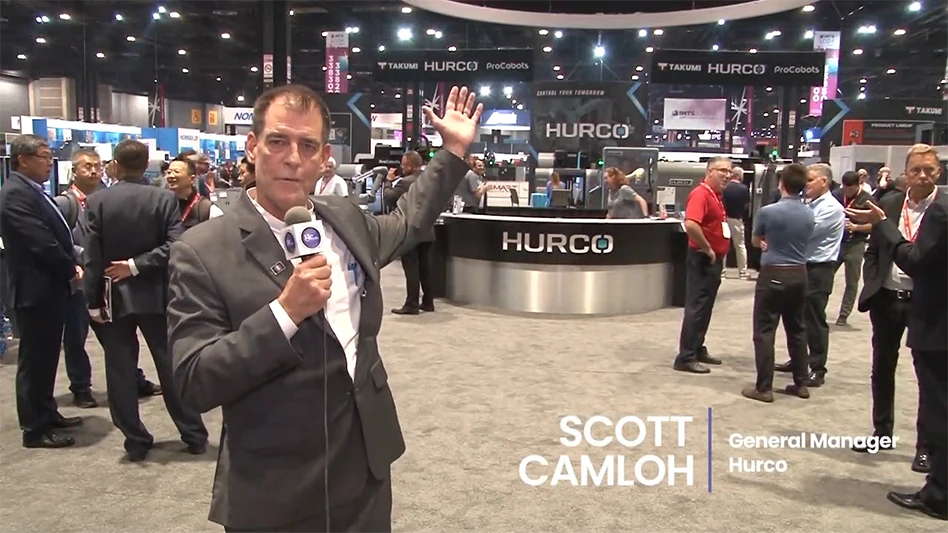
Sierra Nevada Corp. (SNC) recently conducted a successful atmospheric free-flight test of its Dream Chaser spacecraft, signaling the program is another achievement closer to orbital operations.
The full-scale Dream Chaser test vehicle was lifted from a Columbia Helicopters Model 234-UT Chinook helicopter, released, and flew a pre-planned flight path ending with an autonomous landing on Runway 22L at Edwards Air Force Base, California.
“The Dream Chaser flight test demonstrated excellent performance of the spacecraft’s aerodynamic design and the data shows that we are firmly on the path for safe, reliable orbital flight,” said Mark Sirangelo, corporate vice president of SNC’s Space System business area.
The first orbital vehicle is scheduled to go to the International Space Station as soon as 2020 for at least six missions as part of NASA’s Commercial Resupply Services 2 contract (CRS2). The missions will supply astronauts with much needed supplies and technical support elements and enable the gentle return of scientific experiments. The test vehicle was originally developed under the Commercial Crew Integrated Capabilities agreement (CCiCap).
“The Dream Chaser spacecraft today has proven its atmospheric flight performance along with its return and landing capability. This advances our program and the Dream Chaser towards orbital flight, while meeting the final milestone for our NASA CCiCap agreement and supporting milestone 5 of the CRS2 contract,” Sirangelo added.
The test verified and validated the performance of the Dream Chaser spacecraft in the final approach and landing phase of flight, modeling a successful return from the space station. Most critically, by flying the same flight path that would be used returning from orbit, this free-flight proves the highly important landing attributes needed to bring back science and experiments from the space station.
SNC and NASA will evaluate information from the test, including the Dream Chaser aerodynamic and integrated system performance from 12,324ft altitude through main landing gear touchdown, nose landing gear touchdown, and final rollout to wheel-stop on the runway. The Edwards Air Force Base runway is very similar to the Kennedy Space Center Shuttle Landing Facility runway that Dream Chaser will land on for CRS2 flights.
This approach and landing test expands on phase one flight testing, with key differences including adding specific program test inputs into the trajectory, which helps the engineers refine the aerodynamic characteristics of the vehicle. The test also included orbital vehicle avionics and flight software for the first time, providing orbital vehicle design validation.
The Dream Chaser has been at NASA’s Armstrong Flight Research Center since January undergoing a variety of tests in preparation for the free-flight.
Latest from Aerospace Manufacturing and Design
- Inventory traceability and document management
- Oklahoma Aviation Academy breaks ground for new building
- MIDACO’s automatic 4-pallet changer with trunnion system
- IMTS 2024 Booth Tour: Tornos Technologies
- A Primer on Defense Contract Manufacturing
- The intersection of AI and simulation in the space industry
- The secret sauce
- Avia Solutions Group places firm order for 40 Boeing 737 MAX jets





